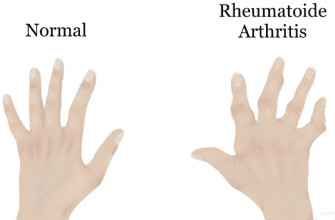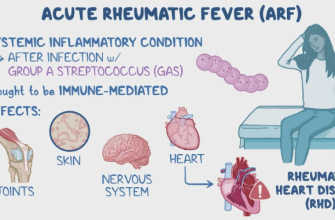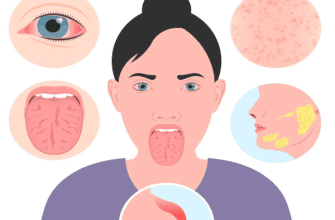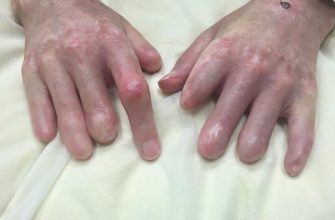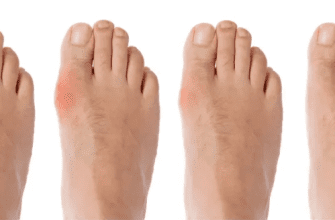What Are Hives?
Hives (urticaria) are raised, itchy welts on the skin that appear suddenly due to histamine release from mast cells. They can be:
- Acute (lasting <6 weeks, often from allergies)
- Chronic (lasting >6 weeks, often autoimmune or idiopathic)
Common Causes (American Academy of Dermatology – AAD):
✔ Allergies (foods, medications, insect stings)
✔ Infections (viral/bacterial)
✔ Physical triggers (heat, cold, pressure, sunlight)
✔ Stress (via neuroimmune pathways)
Symptoms (American College of Allergy, Asthma & Immunology – ACAAI)
- Raised, red/pink welts (wheals) with pale centers
- Itching (sometimes burning/stinging)
- Swelling (angioedema) in 40% of cases (lips/eyes)
- Welts that change shape/location within hours
- Blanching (turns white when pressed)
Key Fact: Individual hives typically fade within 24 hours, but new ones may appear.
Diagnosis (Mayo Clinic)
- Medical History:
- Triggers? Timing? Family history of allergies?
- Physical Exam:
- Pattern/distribution of hives
- Tests (if chronic):
- Allergy testing (skin prick/blood)
- Thyroid/autoimmune tests
- Skin biopsy (rarely)
Treatment (National Institutes of Health – NIH)
1. For Acute Hives:
- Antihistamines:
- 2nd-gen (non-drowsy): Cetirizine, loratadine
- 1st-gen (for severe itching): Diphenhydramine
- Cool compresses (reduce itching)
- Avoid triggers (e.g., NSAIDs if drug-induced)
2. For Chronic Hives:
- High-dose antihistamines (up to 4x standard dose)
- Omalizumab (Xolair®) (for refractory cases)
- Corticosteroids (short-term use only)
Prevention (Asthma and Allergy Foundation of America – AAFA)
- Identify & avoid triggers (keep a symptom diary)
- Wear loose clothing (pressure urticaria)
- Manage stress (yoga, meditation)
- Use fragrance-free products
Red Flags: When to See a Doctor
Seek emergency care if hives occur with:
- Swelling of throat/tongue (risk of anaphylaxis)
- Wheezing/dizziness
- Rapid heart rate
Schedule a visit if:
- Hives last >48 hours
- Fever/joint pain present
- Over-the-counter meds don’t help

